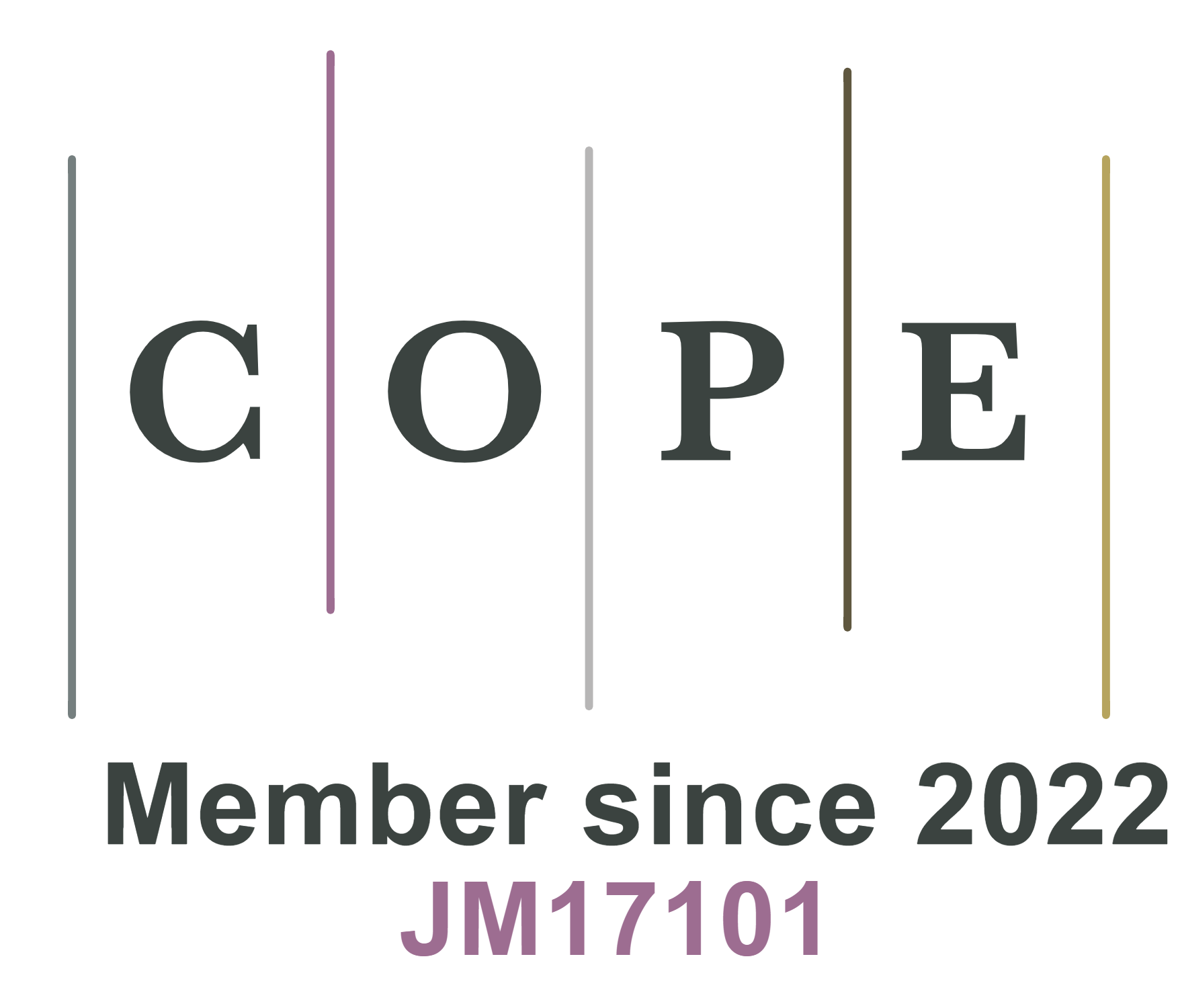In situ engineering of pyrrolic-N-dominated solid electrolyte interphases for stable zinc metal anodes
Abstract
Metallic zinc anodes are promising candidates for aqueous batteries due to their high abundance, low cost, and environmental friendliness. However, challenges such as dendrite formation, hydrogen evolution side reactions, and irreversible corrosion hinder their practical application. In this study, we propose a pyrrolic nitrogen-enriched solid electrolyte interphase (SEI) layer to overcome these limitations and achieve a stable, dendrite-free zinc anode. By leveraging molecular functionalization, pyrrolic nitrogen facilitates uniform zinc deposition, suppresses unfavorable side reactions, and enhances the overall anode stability. Systematic experimental validation reveals that the engineered SEI achieves remarkable electrochemical performance, maintaining over 95% Coulombic efficiency and delivering long-term cycling stability beyond 500 cycles in an aqueous environment. Further computational simulations elucidate the synergistic interactions between pyrrolic nitrogen and zinc ions, offering deep insights into the underlying mechanisms of interphase stabilization. This work not only addresses the primary bottlenecks of zinc anodes but also establishes a scalable design framework for next-generation aqueous zinc batteries, enabling both improved durability and higher efficiency for real-world applications.
Keywords
Aqueous zinc metal batteries, dendrite-free, solid electrolyte interphase, pyrrolic-N, interfacial engineering
Cite This Article
Bian J, Yu B, Cao H, Lu Q, Xiong P. In situ engineering of pyrrolic-N-dominated solid electrolyte interphases for stable zinc metal anodes. Energy Mater 2025;5:[Accept]. http://dx.doi.org/10.20517/energymater.2025.136













